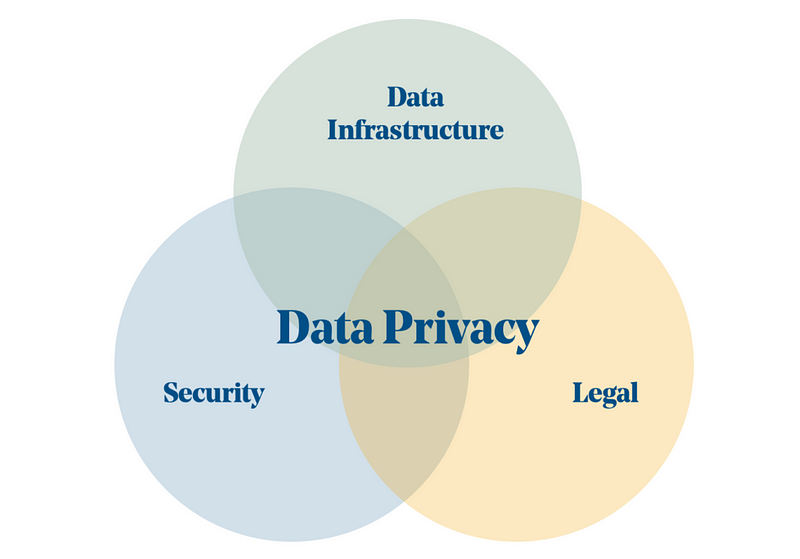Protecting Data in Today’s Digital Landscape: Understanding Key Standards
As we navigate an increasingly interconnected world, safeguarding sensitive information has become a top priority for organizations and individuals alike. Today, I’d like to shed some light on three crucial standards that play a vital role in ensuring the security and privacy of data: SOC 2, NIST, and ISO 27001.

SOC 2 — Your Service Provider’s Report Card
SOC 2, or System and Organization Controls 2, acts as a report card for service providers like cloud service companies and SaaS providers. This report assesses the providers’ controls for security, availability, processing integrity, confidentiality, and privacy of data. It gives their clients confidence that the services they receive are reliable and that their data is protected from potential risks.
NIST — The Rulebook for Information Security
The National Institute of Standards and Technology (NIST) has established a comprehensive set of guidelines, particularly in their Special Publication 800–53, to enhance the security and privacy of information and information systems. Although originally intended for US federal information systems, NIST’s recommendations are widely embraced by organizations across the board, offering a rulebook to keep data safe from hackers and other potential threats.
ISO 27001 — The Gold Standard for Information Security
ISO 27001, an internationally recognized standard developed by the International Organization for Standardization (ISO) and the International Electrotechnical Commission (IEC), focuses on establishing, implementing, maintaining, and improving an Information Security Management System (ISMS). Think of ISO 27001 as the gold standard for data protection. Organizations that achieve ISO 27001 certification demonstrate that they have implemented robust controls and measures to safeguard information from unauthorized access, breaches, and other risks.
A Symbiotic Approach to Data Security
While each standard serves a specific purpose, they are not mutually exclusive. In fact, organizations often find value in combining these standards to create a powerful and interdependent approach to data security.
By adhering to SOC 2, service providers assure their clients of their commitment to data protection. Additionally, implementing NIST guidelines ensures that organizations establish strong security foundations based on recognized best practices. Finally, pursuing ISO 27001 certification showcases an organization’s dedication to maintaining an effective Information Security Management System that safeguards their and their clients’ critical data.
Conclusion
As data continues to be the lifeblood of our digital world, adhering to established standards such as SOC 2, NIST, and ISO 27001 becomes paramount. Whether you’re a service provider, a government agency, or a business handling sensitive information, these standards provide a framework for building trust, safeguarding data, and reinforcing a robust security posture.
Databrackets. (2023, March 23). Comparing NIST, ISO 27001, SOC 2, and other security standards and Frameworks. SOC 2, ISO 27001, HIPAA, NIST, Data Privacy, CMMC, PCI, GDPR. https://databrackets.com/comparing-nist-iso-27001-soc-2-and-other-security-standards-and-frameworks/